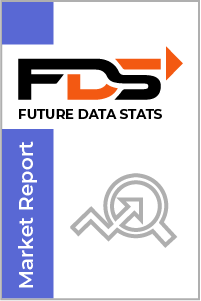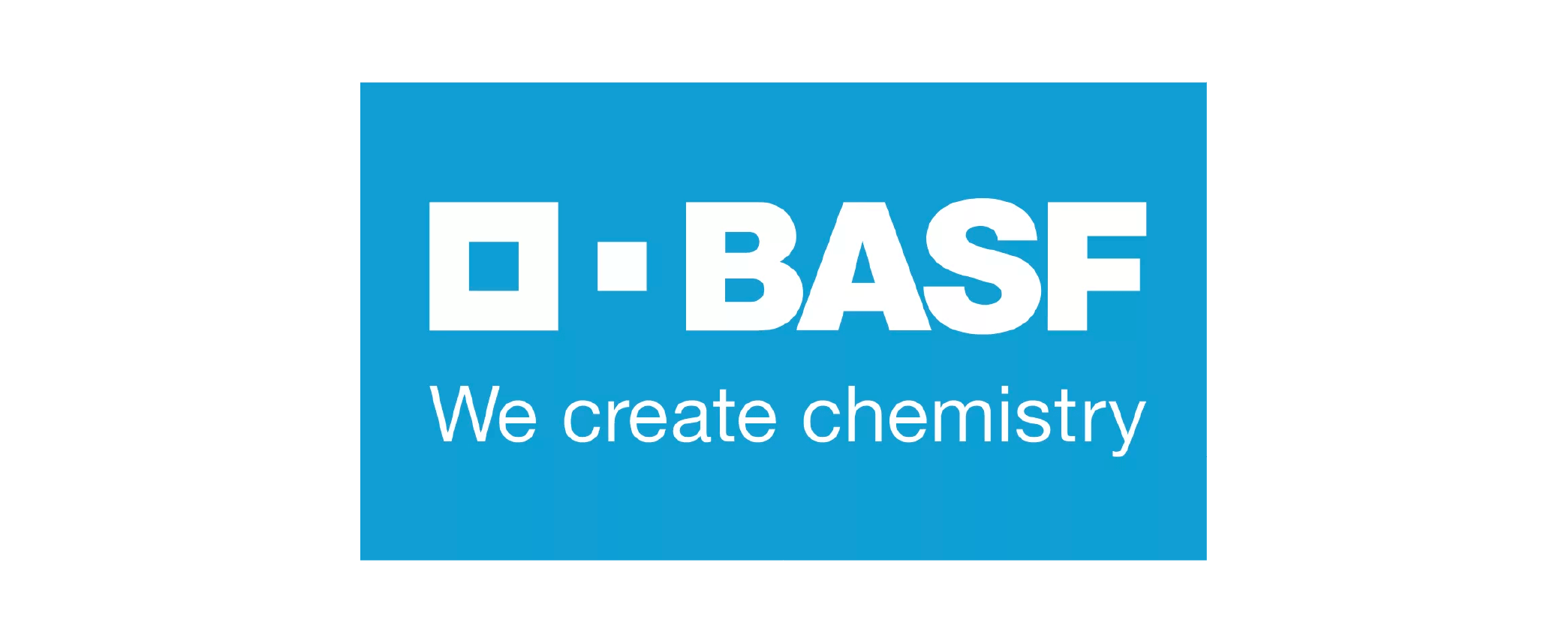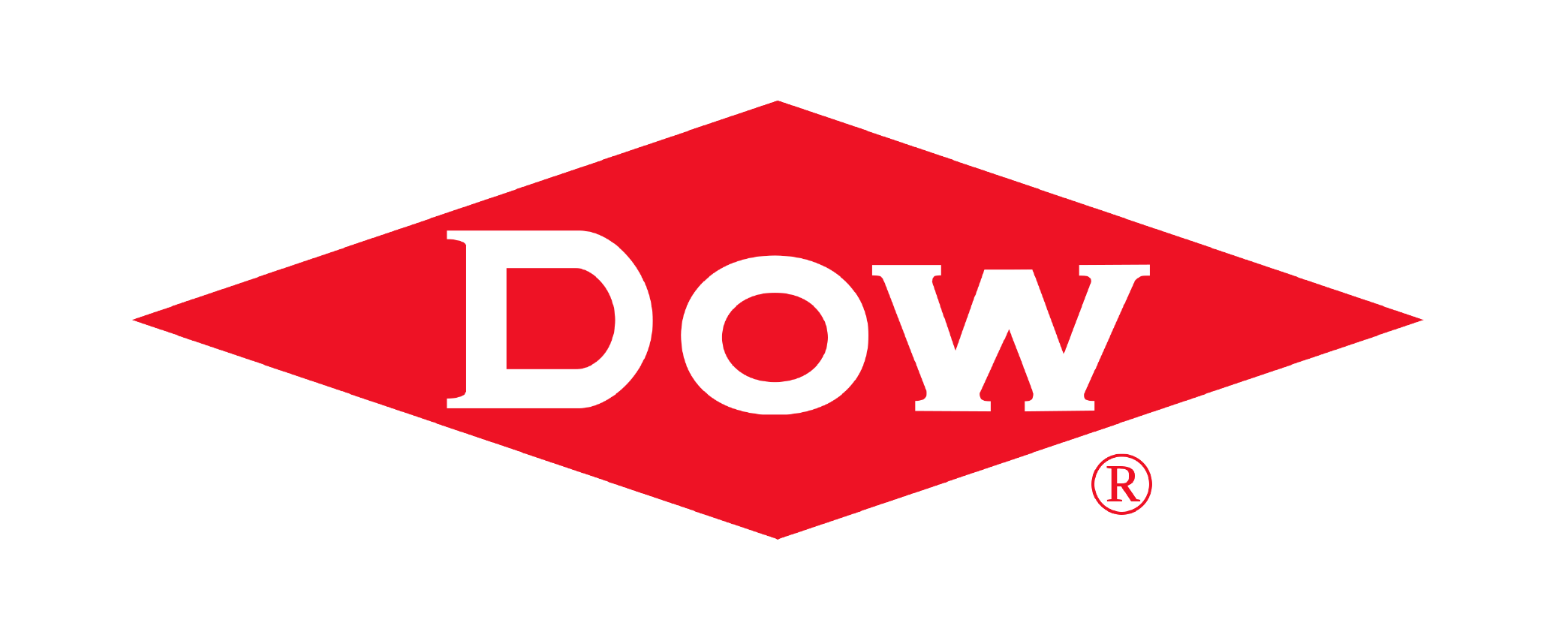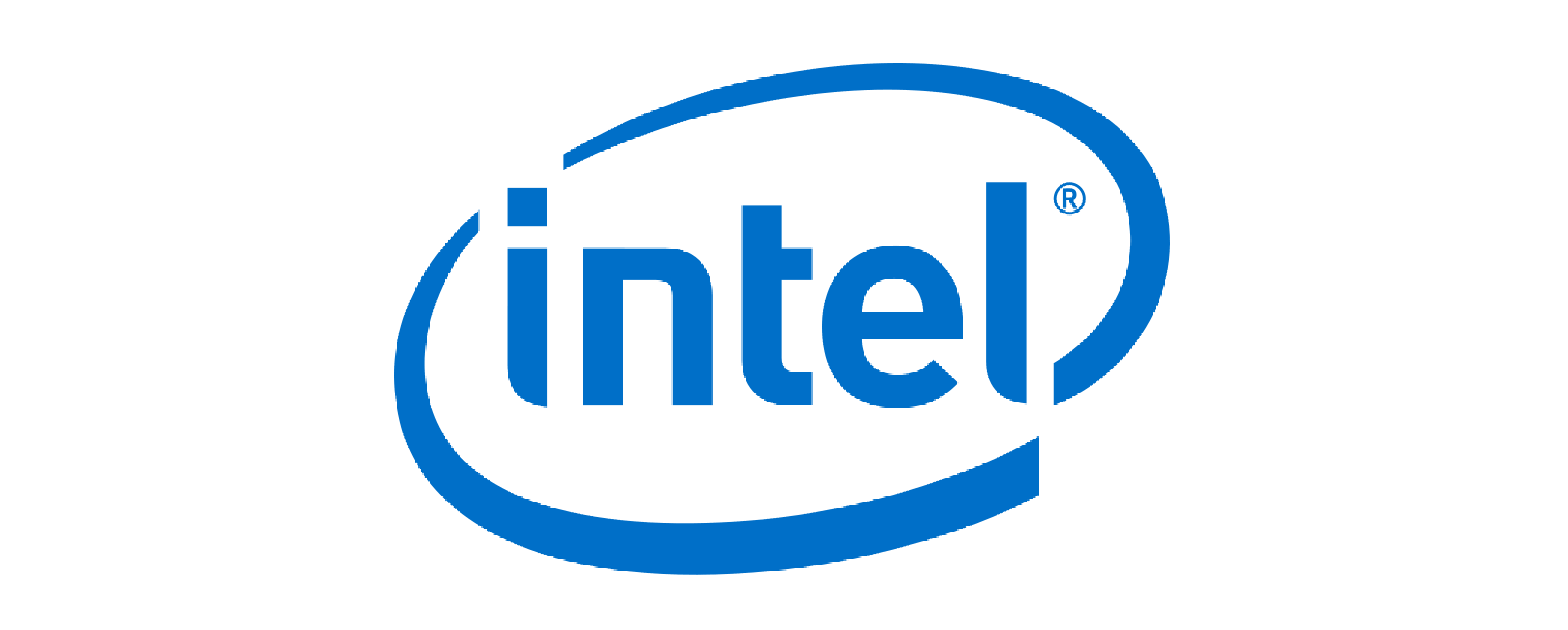The global Farming Software Market size was valued at USD 4.0 Billion in 2024 and is projected to expand at a compound annual growth rate (CAGR) of 14% during the forecast period, reaching a value of USD 12 Billion by 2032.
The "Farming Software Market Research Report" by Future Data Stats provides an in-depth examination of the market landscape, utilizing historical data from 2021 to 2023 to identify key trends and growth patterns. Setting 2024 as the foundational year, the report explores consumer behavior, competitive forces, and regulatory frameworks that influence the industry. It transcends basic analysis, delivering a thoroughly researched forecast extending from 2025 to 2033. By employing sophisticated data analysis methodologies, the report not only outlines the market's growth trajectory but also uncovers emerging opportunities and foresees potential obstacles, empowering stakeholders with vital insights to adeptly navigate the changing market landscape.
MARKET OVERVIEW:
Farming software helps farmers and agricultural businesses manage daily operations more efficiently. It allows users to track crop growth, monitor livestock health, and manage financial records in real time. This software integrates data from various sources, helping farmers make informed decisions to increase productivity and reduce costs. The market for farming software is growing as farmers seek better tools to improve efficiency and sustainability. Advanced features like weather forecasting, soil analysis, and automated irrigation support better resource management. The increasing adoption of precision farming and smart agriculture drives demand for these solutions.
MARKET DYNAMICS:
Farmers are increasingly adopting AI-driven analytics to optimize crop yields and manage resources efficiently. Smart irrigation systems integrated with predictive software help reduce water usage while maintaining soil health. Additionally, cloud-based farm management platforms are gaining traction, allowing real-time data access and remote monitoring. With the rise of automation in precision farming, agricultural businesses are streamlining operations and minimizing costs. In the coming years, blockchain technology will enhance transparency in supply chains, ensuring fair pricing and reducing food waste. The expansion of IoT-enabled sensors will further improve monitoring of soil conditions, weather patterns, and livestock health. Governments and agribusinesses are also investing in satellite-based farm monitoring, supporting large-scale sustainable farming practices. As digital transformation accelerates, the farming software market will continue evolving to meet the demands of modern agriculture.
Farmers are adopting advanced software solutions to enhance crop yields, optimize resource management, and reduce operational costs. By leveraging data analytics, these tools enable agricultural producers to make informed decisions, monitor field conditions, and implement efficient irrigation and fertilization practices. This trend toward data-driven farming is reshaping traditional agricultural methods, making them more efficient and sustainable. Despite the promising outlook, the market faces certain restraints, such as the complexity of software integration and the varying levels of technology adoption among farmers. Smaller agricultural operations may struggle with the costs and technical knowledge required to implement these solutions. However, opportunities abound as technology continues to evolve. The rise of cloud computing and mobile applications is making farming software more accessible and user-friendly. Additionally, increasing government support for smart farming initiatives is fostering innovation and encouraging more farmers to embrace these transformative tools, paving the way for future growth in the sector.
FARMING SOFTWARE MARKET SEGMENTATION ANALYSIS
BY TYPE:
Farm management software helps farmers streamline their operations by tracking crop growth, managing inventory, and analyzing field performance. Livestock management software supports farmers in monitoring animal health, tracking feeding schedules, and improving breeding efficiency. These tools enhance overall productivity and help farmers reduce operational costs. Precision agriculture software enables farmers to apply data-driven techniques for planting, fertilizing, and harvesting. Irrigation management software helps optimize water usage by automating irrigation schedules based on weather and soil conditions. This improves crop yield and conserves resources.
Weather tracking and forecasting software allows farmers to anticipate weather changes and plan their activities accordingly. It helps minimize damage from adverse weather conditions and supports better crop management. The growing adoption of these solutions drives the farming software market's expansion.
BY DEPLOYMENT MODE:
Cloud-based farming software is gaining popularity as farmers seek real-time data access and remote management. These solutions offer scalability, automatic updates, and seamless integration with IoT devices, making them ideal for precision agriculture. Agribusinesses prefer cloud platforms to streamline operations and improve decision-making. On-premises farming software remains a strong choice for large farms and enterprises that require full control over data security. Many farmers opt for these systems to manage sensitive information without relying on internet connectivity. Customization options and offline functionality make on-premises solutions essential for certain agricultural operations.
Companies in the farming software market are expanding deployment options to meet diverse user needs. Hybrid solutions that combine cloud flexibility with on-premises security are emerging as a preferred choice. As digital transformation accelerates, businesses are optimizing software deployment to enhance efficiency and sustainability in modern farming.
BY APPLICATION:
Crop management software helps farmers monitor crop health, track planting and harvesting schedules, and manage soil quality. It enables farmers to make informed decisions, improving overall crop yield and reducing waste. Livestock monitoring software tracks animal health, feeding patterns, and breeding cycles, ensuring better livestock management and higher productivity. Financial management software helps farmers manage budgets, expenses, and revenue streams effectively. It provides insights into financial performance, helping farmers make strategic decisions. Inventory management software allows farmers to track supplies, equipment, and raw materials, ensuring smooth operations and reducing waste.
Weather monitoring software helps farmers anticipate weather changes and plan farming activities accordingly. It provides real-time updates, helping minimize risks from adverse weather. The growing need for data-driven farming solutions boosts the demand for these applications.
BY END-USER:
Farmers use farming software to monitor crop health, manage livestock, and track weather patterns. It helps them make informed decisions, improving productivity and reducing operational costs. The ability to automate tasks and analyze data boosts efficiency in daily farm operations. Agricultural cooperatives rely on farming software to coordinate resources, monitor production, and support member farmers. It helps them improve supply chain efficiency and ensure better resource allocation. Agribusinesses use the software to manage large-scale operations, track financial performance, and optimize production processes.
Government agencies use farming software to monitor agricultural output, manage subsidies, and support policy-making. It provides valuable insights into crop production and weather patterns, helping develop better agricultural policies. The increasing need for efficiency and data-driven decisions drives demand among these end-users.
BY FARM SIZE:
Small farms are adopting affordable and easy-to-use farming software to improve productivity. Mobile-friendly applications help farmers monitor crops, track expenses, and optimize resources without requiring advanced technical knowledge. These solutions enable better planning and decision-making for small-scale operations. Medium farms leverage advanced farm management software to enhance efficiency and automate daily tasks. Integrated tools for weather forecasting, soil analysis, and livestock tracking allow farmers to optimize yield and reduce waste. Many medium-sized farms are transitioning to cloud-based platforms for real-time monitoring and data-driven insights.
Large farms rely on high-end farming software with AI-driven analytics and precision agriculture tools. These systems support large-scale crop management, automated machinery control, and predictive maintenance. Enterprises managing extensive farmland use customized solutions to streamline operations and ensure sustainability.
REGIONAL ANALYSIS:
North America leads the farming software market due to the high adoption of precision agriculture and advanced farming technologies. Farmers in the region benefit from strong government support and access to advanced infrastructure. Europe follows closely, with increasing investments in smart agriculture and sustainable farming practices. The growing focus on improving crop yield and reducing environmental impact drives market growth in these regions.
Asia Pacific shows rapid growth in the farming software market, driven by expanding agricultural activities and rising awareness of smart farming techniques. Countries like China and India are investing in modern farming solutions to boost productivity. Latin America is adopting farming software to enhance crop management and livestock monitoring. The Middle East and Africa are gradually adopting these solutions to address water scarcity and improve food security.
MERGERS & ACQUISITIONS:
- In February 2024: Masdar City in Abu Dhabi initiated an indoor vertical farm in collaboration with a leading farming software company, leveraging AI and robotics to optimize crop yields and reduce environmental impact.
- In March 2024: TELUS Agriculture acquired Proagrica to enhance agronomy expertise and digital farming solutions.
- In March 2024: Bayer AG launched a pilot for a GenAI system to improve agricultural decision-making.
- In July 2024: Cropin Technology Solutions Private Limited unveiled Sage, an AI-powered real-time agri-intelligence solution.
- In August 2024: CropX, Inc. and CNH Industrial integrated their farm management systems with Case IH and New Holland machinery.
- In September 2024: CropX, Inc. acquired EnGeniousAg, enhancing nitrogen sensing technology in agriculture.
- In September 2024: AGCO Corporation acquired 85% of Trimble Inc. for $2 billion, forming the joint venture PTx Trimble.
- In December 2024: CropX, Inc. partnered with CLAAS to integrate their digital farm management platforms.
KEY MARKET PLAYERS:
- John Deere
- Trimble
- Granular
- FarmLogs
- AgriWebb
- FarmWise
- Prospera
- Cropio
- FieldView
- Climate Corporation
- Ag Leader
- Raven Industries
- SST Software
- MapShots
- Deere & Company
- Iteris
- Topcon
- Farmers Edge
Farming Software Market: Table of Contents
-
Introduction
- Market Definition
- Research Scope
- Methodology
-
Executive Summary
- Key Findings
- Market Overview
-
Market Dynamics
- Drivers
- Restraints
- Opportunities
- Challenges
-
Market Segmentation
- By Type
- By Deployment Mode
- By Application
- By End-User
- By Region
-
Competitive Landscape
- Key Players Overview
- Company Profiles
- Recent Developments
- Mergers & Acquisitions
-
Regional Analysis
- North America
- Europe
- Asia Pacific
- Latin America
- Middle East and Africa
-
Future Outlook
- Market Trends
- Growth Prospects
-
Conclusion
-
Appendix
- Research Methodology
- Data Sources
- Abbreviations and Acronyms
Farming Software Market Segmentation
By Type:
- Farm Management Software
- Livestock Management Software
- Precision Agriculture Software
- Irrigation Management Software
- Weather Tracking and Forecasting Software
By Deployment Mode:
- Cloud-Based
- On-Premises
By Application:
- Crop Management
- Livestock Monitoring
- Financial Management
- Inventory Management
- Weather Monitoring
By End-User:
- Farmers
- Agricultural Cooperatives
- Agribusinesses
- Government Agencies
By Farm Size:
- Small Farms
- Medium Farms
- Large Farms
By Geography:
- North America (USA, Canada, Mexico)
- Europe (UK, Germany, France, Italy, Spain, Rest of Europe)
- Asia-Pacific (China, Japan, South Korea, India, Rest of Asia-Pacific)
- South America (Brazil, Rest of South America)
- Middle East and Africa (GCC Countries, South Africa, Rest of MEA)
Why Invest in a Market Research Report?
- Empower Informed Decision-Making
A meticulously crafted market research report delivers a comprehensive analysis of industry trends, consumer behavior, and competitive landscapes. By leveraging these insights, organizations can make data-driven decisions, minimizing uncertainties and risks when introducing innovations or expanding into new markets. - Uncover Untapped Opportunities
Market research illuminates market gaps, emerging trends, and unmet consumer needs. This intelligence enables businesses to align product development and service offerings with evolving demand, positioning them to capitalize on lucrative opportunities and drive market leadership. - Gain Competitive Intelligence
Through in-depth analysis of competitors’ strategies, strengths, and vulnerabilities, companies gain actionable insights for strategic differentiation. This knowledge empowers organizations to refine their value propositions and craft targeted strategies to outperform rivals. - Optimize Marketing Effectiveness
Granular insights into target demographics, purchasing patterns, and psychographics allow businesses to design data-driven marketing campaigns. Such precision enhances customer engagement, maximizes ROI, and ensures optimal allocation of marketing resources. - Proactive Risk Management
Robust market research identifies potential challenges, from economic fluctuations to regulatory hurdles, enabling proactive risk mitigation. By anticipating disruptions, businesses can safeguard profitability, operational continuity, and brand reputation. - Strengthen Stakeholder Confidence
Investors and stakeholders demand validated market data to assess viability. A well-structured report provides credible evidence of market potential, competitive advantages, and growth projections, bolstering trust and facilitating capital acquisition. - Stay Ahead of Industry Evolution
Continuous monitoring of technological advancements, regulatory shifts, and consumer preferences ensures agility in a dynamic marketplace. Market research equips organizations to adapt swiftly, innovate strategically, and sustain long-term competitiveness.
Research Methodology
At Future Data Stats, our research methodology is anchored in nearly 70 Years of combined industry expertise, refined to deliver precise market intelligence and actionable industry insights. We employ a systematic, multi-layered approach to ensure accuracy, reliability, and strategic relevance in our analyses. Below is a detailed overview of our methodology:
Methodological Framework
Our process integrates primary and secondary research, advanced analytical frameworks, and industry-specific expertise to generate comprehensive market evaluations. The methodology is structured to provide stakeholders with a granular understanding of market dynamics, competitive landscapes, and growth opportunities.
Comprehensive Market Insights
We deliver a 360-degree perspective on market size, structure, and emerging trends by synthesizing data from diverse sectors. Our analysis focuses on:
- Trend Identification: Real-time monitoring of industry developments and macroeconomic factors.
- Growth Drivers: Quantitative and qualitative assessment of factors influencing market trajectories.
- Forecasting: Scenario-based projections using validated data and expert evaluations.
All insights are grounded in high-quality datasets, independent expert perspectives, and rigorous validation protocols to ensure alignment with client objectives.
Data-Driven Research Approach
We leverage a multi-source data ecosystem to enhance analytical depth:
- Primary Research:
- Stakeholder Interviews: 24+ hours of structured engagements with industry leaders, suppliers, distributors, and end-users.
- Key Opinion Leader (KOL) Consultations: Customized questionnaires and in-depth discussions to capture nuanced insights.
- Value Chain Analysis: Holistic coverage from raw material suppliers to end-consumer dynamics.
- Secondary Research:
- Document Analysis: Evaluation of 3,000+ sources, including industry reports, regulatory publications, and competitive benchmarking data.
- Macro-Level Data: Integration of statistics from government databases, trade associations, and global indices.
Analytical Framework
Our dual-pronged analytical strategy ensures precision in market sizing and competitive positioning:
- Bottom-Up Approach:
- Calculation of regional and global market sizes through granular revenue analysis of key players.
- Validation via demand-supply gap assessments and pricing trend evaluations.
- Top-Down Approach:
- Identification of market leaders and segmentation based on product portfolios, regional presence, and innovation capabilities.
- Market share derivation using financial disclosures and industry benchmarks.
Key Methodological Advantages
- Actionable Intelligence: Robust datasets and trend analysis to inform strategic decision-making.
- Technological Rigor: Proprietary analytical tools and sector-specific models to enhance data accuracy.
- Unbiased Outcomes: Transparent, independent insights free from external influence.
Quality Assurance
Every research output undergoes a multi-stage validation process, including peer review, cross-verification with industry benchmarks, and real-time data updates. This ensures our findings remain current, credible, and actionable.
By combining empirical research, advanced analytics, and industry acumen, Future Data Stats empowers clients to navigate complex markets with confidence and achieve sustainable growth. Our methodology reflects a steadfast commitment to excellence, innovation, and client success.
Farming Software Market Dynamic Factors
Drivers:
- Increasing adoption of precision farming techniques.
- Rising demand for data-driven decision-making in agriculture.
- Growing need for resource optimization and cost reduction.
- Government support for smart farming initiatives.
- Advances in IoT and AI technologies for farm management.
Restraints:
- High initial costs of farming software solutions.
- Lack of technical knowledge among farmers.
- Data privacy and security concerns.
- Limited internet connectivity in rural areas.
Opportunities:
- Expansion of cloud-based farming solutions.
- Growing use of mobile applications for farm management.
- Increasing investments in smart agriculture technologies.
- Rising demand for sustainable and organic farming practices.
Challenges:
- Integration issues with existing farming infrastructure.
- Resistance to adopting new technologies.
- Inconsistent government regulations across regions.
- Climate change impacting farming patterns and data accuracy.
Farming Software Market Regional Key Trends Analysis
North America:
- Expanding use of AI-driven analytics for precision farming
- Growing adoption of cloud-based farm management platforms
- Increasing investment in smart irrigation and automation technologies
Europe:
- Rising demand for blockchain-based supply chain tracking
- Strong focus on sustainable and organic farming software
- Advancements in satellite-based farm monitoring systems
Asia-Pacific:
- Rapid adoption of IoT-enabled sensors for crop monitoring
- Increasing government support for digital farming initiatives
- Expansion of mobile-based farm management applications
Latin America:
- Growing interest in remote sensing for soil and weather analysis
- Rising use of farm finance and risk management software
- Adoption of drones for automated crop monitoring
Middle East & Africa:
- Expanding use of smart water management solutions in agriculture
- Increasing integration of AI and automation in large-scale farms
- Adoption of climate-resilient farming technologies
Frequently Asked Questions
